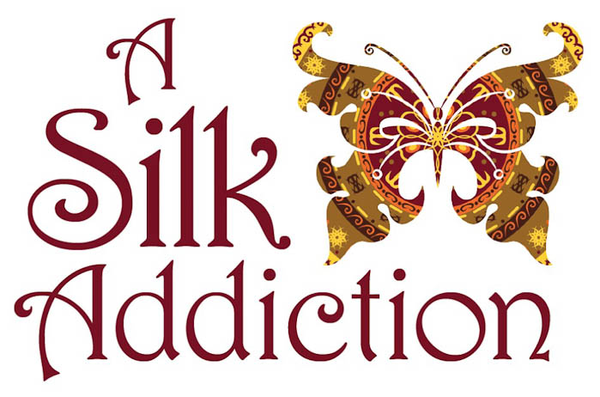The story of silk
There are many kinds of silk, but some of the finest silk comes from the north of India. Reel silk is unraveled from the cocoon of a silk worm in a single unbroken thread nearly a mile long and twisted together with 12 to 30 other silk fibers to form a strong, light and shiny silk thread. Spun silk, on the other hand, is made from shorter silk fibers that are combed and twisted together, the same way that wool or cotton fibers are twisted into long threads.
Reel silk is the common source for scarves and other clothing and comes exclusively from farm raised silk worms and cocoons. Silk farmers typically grow silk worms in their homes under carefully controlled temperature and humidity and feed them a strict diet of mulberry leaves. This process has remained largely unchanged for thousands of years. Over time, domestic silk worms have evolved to produce reliable, consistent and high quality silk fibers, but are incapable of surviving in the wild any longer.
When the cocoons are mature, they are dried in the sun and hauled to the silk auction in burlap bags. Farmers and silk buyers may travel hundreds of miles over several days over terrifying roads by bus to meet each other and haggle over prices and quality. Once the auction starts, bidders huddle around the auctioneer examining the pile of cocoons and chattering with each other. Bidders heft hand fulls of cocoons, dropping them through the air to evaluate density, moisture, consistency and color. Each bidder nods at the auctioneer to offer a new high price, and when the last competitor throws down the cocoons in a dramatic rejection, the winning bid is recorded on a sheet and the cluster of men quickly move to the next pile to start all over again.
With the winning bid sheet in hand, the farmer and his family pack up the cocoons and stand in line to complete the transaction.
The buyers collect the cocoons and make their way home to the handful of tiny factories that process raw cocoons into thread. The silk harvest is seasonal and in Kashmir, the last auction is in mid-October. These family owned and operated factories run for most of the year, but shut down for a few months in the winter.
The factory workers travel around the country, following the silk harvest. They work and sleep here for months until the cocoons are processed.
Each cocoon is inspected and immersed in boiling water to break down the tough outer shell. The damaged ones are set aside to make spun silk. The ones that remain intact are distributed to high speed spinning machines.
The spinner operators gather the silk fibers in their hands and monitor a dozen or so simultaneous spinning operations, each cluster of fibers twisting together to form the threads. The instant a cocoon is fully unwound, it is replaced and another fiber is added to the cluster.The old machines are run in partnership in a melodic rhythm of careful attention, hands moving so gracefully and quick it’s hard to see what they are doing as the thread begins to let go.
When the reels of silk are full, they are dried, tied into bundles called "books" and locked away in the safe until they can be shipped to silk merchants and dyers.
Silk books, ready for shipment.
Heating the dye pot.
Silk in the vat.






